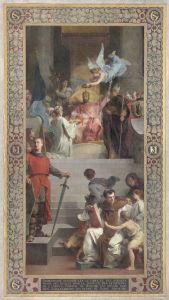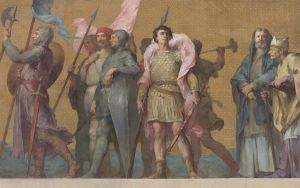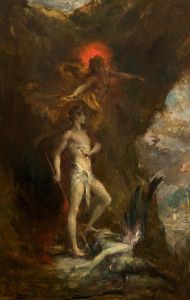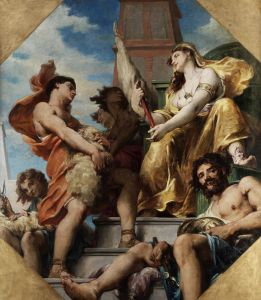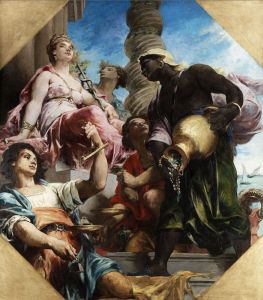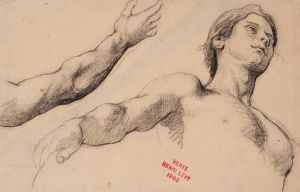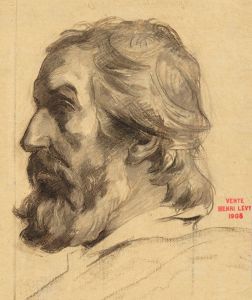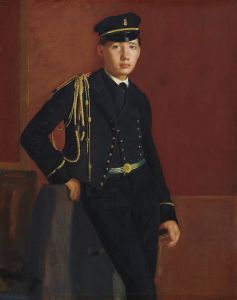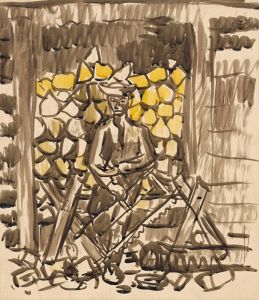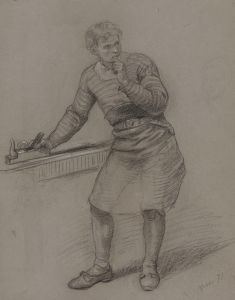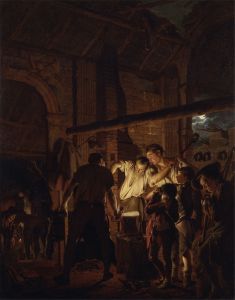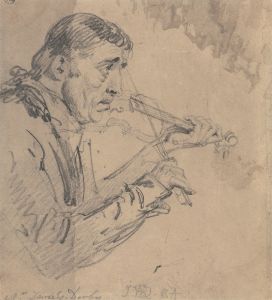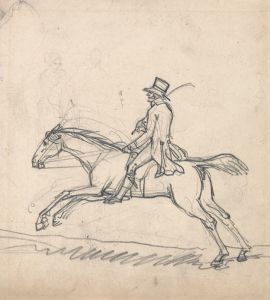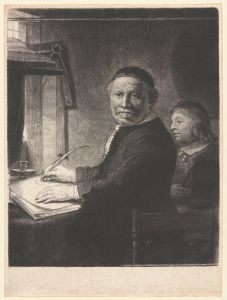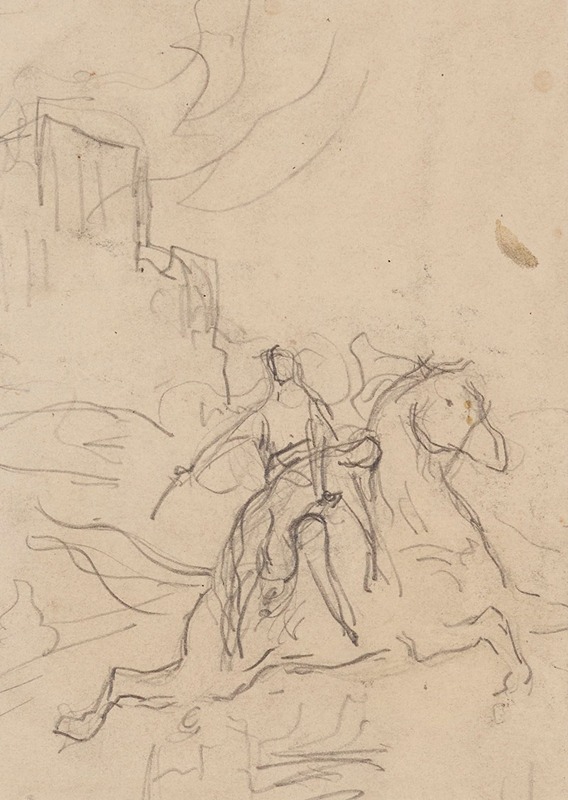
Etude de cavalier
A hand-painted replica of Henri Leopold Lévy’s masterpiece Etude de cavalier, meticulously crafted by professional artists to capture the true essence of the original. Each piece is created with museum-quality canvas and rare mineral pigments, carefully painted by experienced artists with delicate brushstrokes and rich, layered colors to perfectly recreate the texture of the original artwork. Unlike machine-printed reproductions, this hand-painted version brings the painting to life, infused with the artist’s emotions and skill in every stroke. Whether for personal collection or home decoration, it instantly elevates the artistic atmosphere of any space.
Henri Léopold Lévy was a French painter known for his historical and religious subjects, as well as his skillful use of color and composition. Born on September 23, 1840, in Nancy, France, Lévy was a prominent figure in the 19th-century French art scene. He studied at the École des Beaux-Arts in Paris under the tutelage of François-Édouard Picot and Alexandre Cabanel, both of whom were influential figures in the academic art world of the time.
Lévy's work often reflected his academic training, characterized by a meticulous attention to detail and a strong adherence to classical themes and techniques. His paintings were frequently exhibited at the Paris Salon, where he gained recognition for his ability to convey complex narratives and emotions through his art.
"Etude de cavalier" is one of Lévy's works, although specific details about this painting are scarce. The title translates to "Study of a Horseman" in English, suggesting that the piece likely focuses on a figure on horseback. This subject matter aligns with Lévy's interest in historical and dramatic themes, as equestrian figures often symbolize power, nobility, and movement, elements that are prevalent in many of his other works.
While the exact date of creation for "Etude de cavalier" is not well-documented, it can be inferred that it was produced during Lévy's active years as an artist, which spanned from the mid-19th century until his death in 1904. During this period, Lévy was known for his ability to blend realism with romanticism, capturing both the physical presence and the emotional depth of his subjects.
Lévy's paintings are noted for their rich color palettes and dynamic compositions, qualities that likely feature in "Etude de cavalier" as well. His works often depict scenes from mythology, history, and religion, rendered with a dramatic flair that captures the viewer's attention. Although "Etude de cavalier" may not be as widely recognized as some of his other pieces, it nonetheless represents Lévy's dedication to exploring the human condition and the stories that define it.
Throughout his career, Lévy received several accolades for his contributions to the art world. He was awarded medals at the Paris Salon and was made a Chevalier of the Legion of Honor in 1876, a testament to his impact and standing within the artistic community of his time.
In summary, while specific information about "Etude de cavalier" is limited, it can be appreciated as part of Henri Léopold Lévy's broader oeuvre, which is characterized by its historical depth, technical skill, and emotional resonance. Lévy remains a respected figure in the history of French art, and his works continue to be studied and admired for their artistic and cultural significance.





